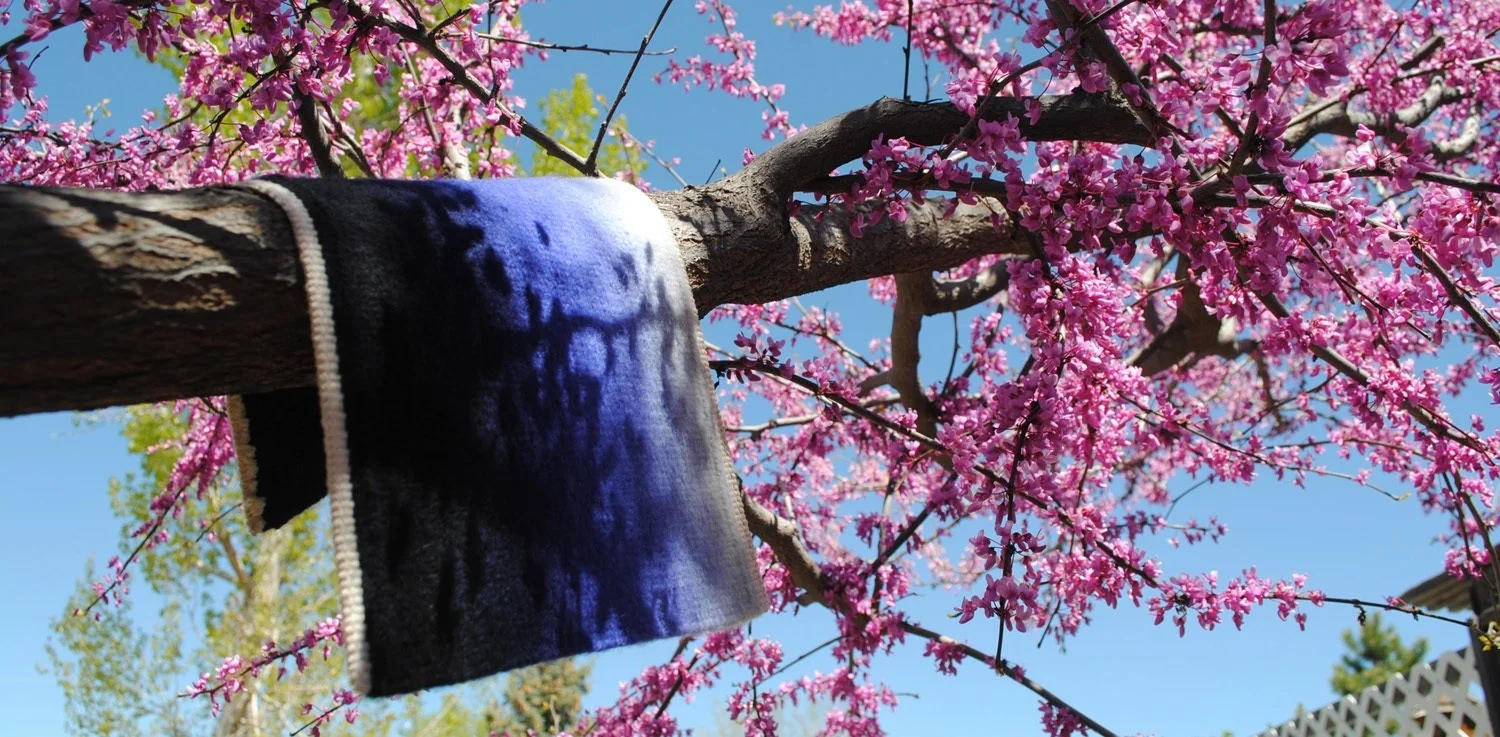![Seeing the little things. One day at a time.]()
June has come and mostly gone and the shifting sands of the global “new normal” continues to make time feel like it has tilted off its axis. Sometimes it flows fast, sometimes moments seem to last forever.
Seeing. Being there for the experience. That is my goal this summer. There are long stretches where I have let the running of a business and my propensity for a jumbled, rambling mind to propel me through my days at breakneck speed, scarcely experiencing the moments passing me by. I have taken the opportunity this month to take a breath and it feels great. My focus for the summer is to see what is right in front of me.
I have three avenues in this goal of taking the time to see. You won’t be surprised to hear that the first two are weaving and hiking. The third is drawing.
I had planned to hike the Colorado Trail again this year. I was going to weave as I went—my favorite sort of documentation of my surroundings in my little tapestry diary. The pandemic has squelched that plan. But it has given me the gift of exploration. Instead of walking a trail that will force me into small towns and into contact with many different people over our fragile mountain towns already overrun with tourists, I'll stay closer to home and hike all the trails I can get to easily from my house. The 500 mile plan has become a series of 20-50 mile ideas and that opens up the opportunity for growth. Because I know the Colorado Trail so well I can watch thru-hiker’s videos and tell you where the images were taken. Visiting new places as a solo backpacker is scarier but it also opens me to new experiences and vistas and that seems like something that could remind me to take the time to really see what is around me.
Walking. Weaving. Drawing.







